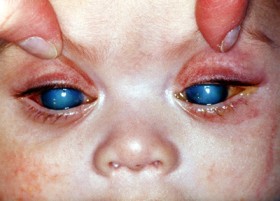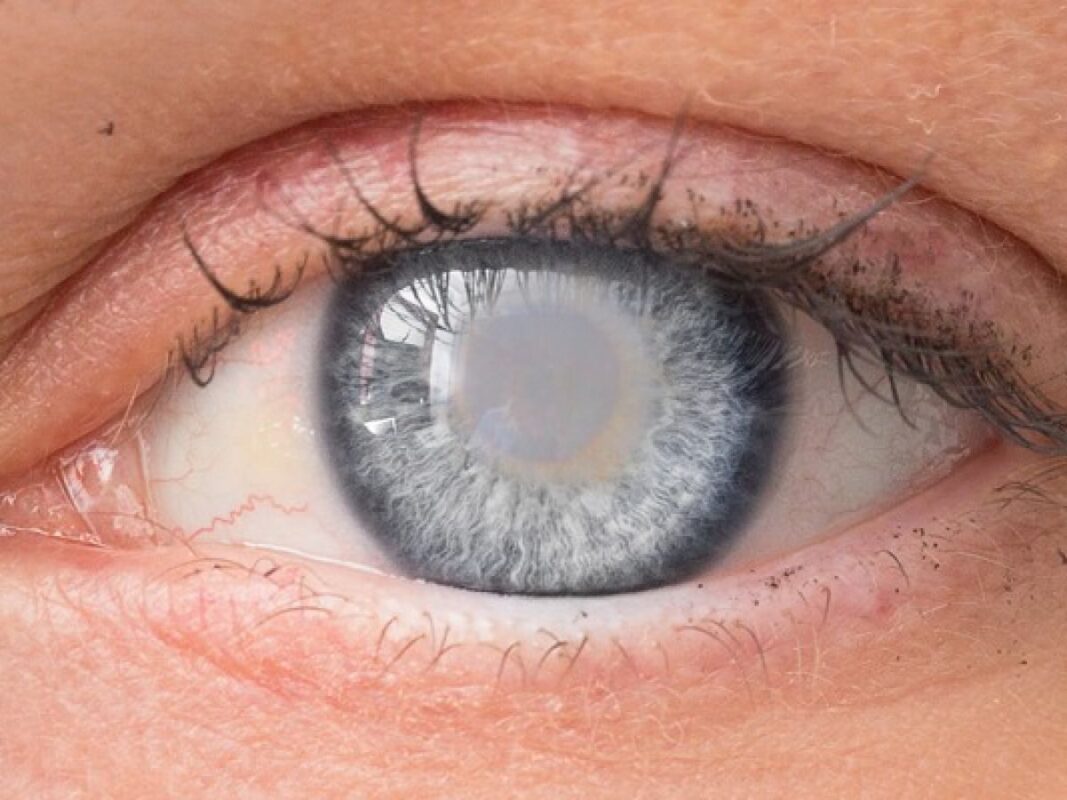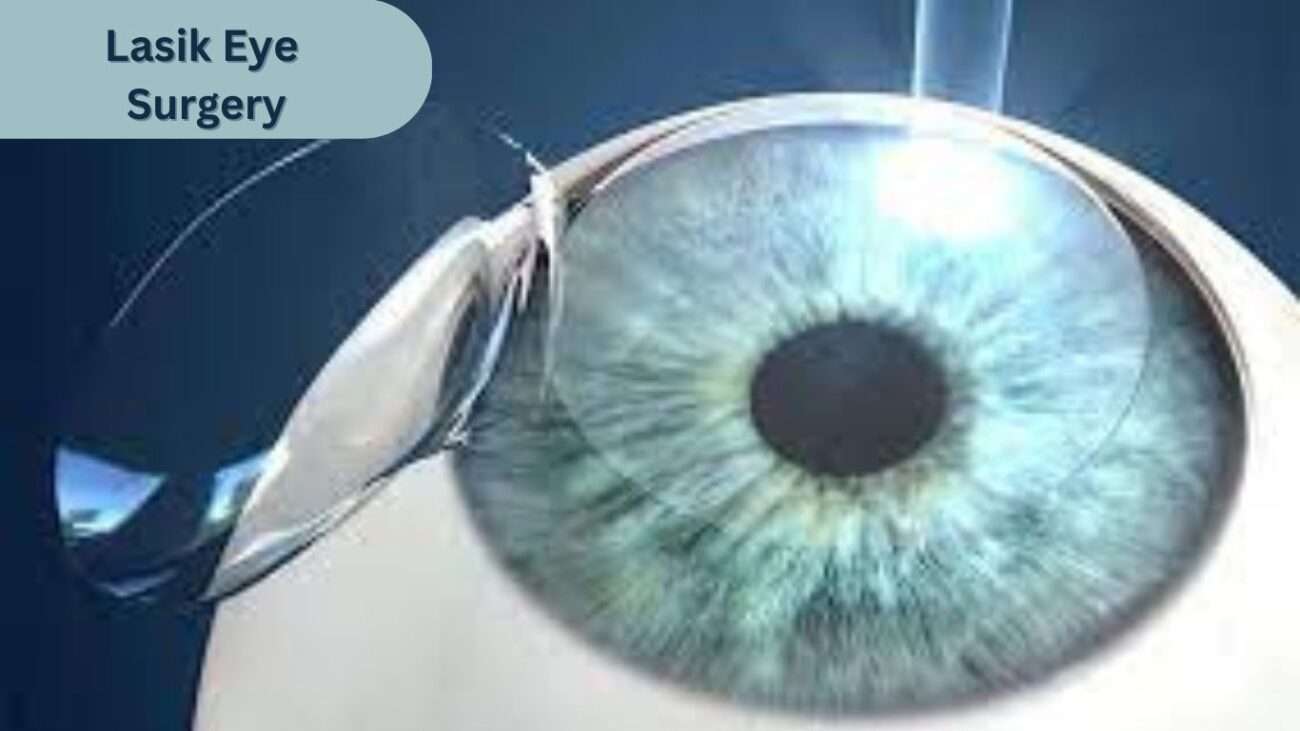Introduction:
Types of congenital glaucoma Congenital glaucoma is a rare eye condition that occurs in infants and young children. It involves abnormal development of the eye’s drainage system, leading to increased intraocular pressure (IOP) that can damage the optic nerve and result in vision loss. Early diagnosis and treatment are crucial for preventing severe vision impairment.

Types of Congenital Glaucoma:
Primary Congenital Glaucoma (PCG):
Primary Congenital Glaucoma (PCG) is the most common form of congenital glaucoma, accounting for about 1 in 10,000 live births. It results from developmental anomalies in the trabecular meshwork and the anterior chamber angle of the eye, leading to impaired aqueous humor outflow and increased IOP.
Symptoms:
- Enlarged eyes (buphthalmos)
- Cloudy cornea
- Excessive tearing
- Sensitivity to light (photophobia)
Causes: PCG is often hereditary and linked to genetic mutations, particularly in the CYP1B1 gene.
Treatment:
Treatment usually involves surgical procedures such as goniotomy or trabeculotomy to correct the drainage issue. Medications to lower IOP may also be prescribed
Secondary Congenital Glaucoma:
Secondary congenital glaucoma occurs due to other eye conditions or systemic diseases that interfere with normal aqueous humor drainage. These conditions may be present at birth or develop shortly afterward.
Symptoms:
Symptoms are similar to PCG but may vary depending on the underlying cause.
Causes:
- Sturge-Weber Syndrome: A vascular disorder that can cause increased IOP due to abnormal blood vessel development in the eye.
- Axenfeld-Rieger Syndrome: A genetic condition affecting the development of the anterior segment of the eye, leading to glaucoma.
- Aniridia: A rare condition characterized by the absence of the iris, which can lead to glaucoma.
Treatment: Addressing the primary condition is crucial. Surgical and medical treatments to reduce IOP are similar to those used for PCG.
Juvenile Open-Angle Glaucoma
Although not strictly congenital, Juvenile Open-Angle Glaucoma (JOAG) is often included in discussions of childhood glaucoma. It usually presents in late childhood or adolescence and shares characteristics with adult open-angle glaucoma.
Symptoms:
- Gradual vision loss
- Elevated IOP
- Visual field defects
Causes: JOAG is typically hereditary, associated with genetic mutations such as those in the MYOC gene.
Treatment typically begins with medications to lower IOP. If these are not sufficient, laser therapy is often the next step. Finally, surgery may be considered if other treatments prove ineffective.
Diagnosis
Early detection of congenital glaucoma is vital to prevent irreversible vision loss. Diagnosis typically involves:
- A comprehensive eye exam includes the measurement of IOP, the examination of the optic nerve, and the assessment of the anterior chamber angle.
- Genetic Testing: May be recommended if there is a family history of glaucoma.
Treatment Options:
Surgical Treatments:
Surgery is often the primary treatment for congenital glaucoma. Common procedures include:
A goniotomy involves creating an opening in the trabecular meshwork to improve fluid drainage. Similarly, a trabeculotomy entails making an incision in the trabecular meshwork and Schlemm’s canal to enhance outflow. Furthermore, a trabeculectomy involves creating a new drainage pathway for the aqueous humor.
Author Details:
Dr. Sushruth Appajigowda holds a prominent position as a Cornea, Cataract, Glaucoma, and LASIK Surgeon in Bangalore. He serves as the chief Cataract and Refractive surgeon at Vijaya Nethralaya Eye Hospital, Nagarbhavi Bangalore. Renowned as one of the finest LASIK surgeons nationwide, he brings with him over 12+ years of experience across multiple LASIK platforms, including ZEISS, ALCON, SCHWIND, AMO, and Bausch and Lomb. Having successfully conducted over 5000 LASIK procedures, Dr. Sushruth holds the title of a Certified Refractive Surgeon and a Fellow of the All India Collegium Of Ophthalmology. Furthermore, he stands as a distinguished speaker at various National and International Forums, using his expertise to guide you in selecting the most suitable procedure based on your health requirements.

http://vijayanethralaya.com/link-in-bio/
Conclusion:
Congenital glaucoma, though rare, poses a significant risk to children’s vision. Understanding the types—Primary Congenital Glaucoma, Secondary Congenital Glaucoma, and Developmental Glaucoma—helps in early detection and appropriate treatment.











